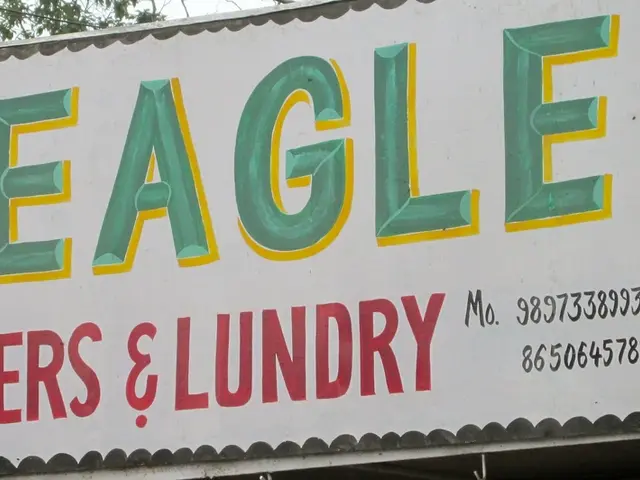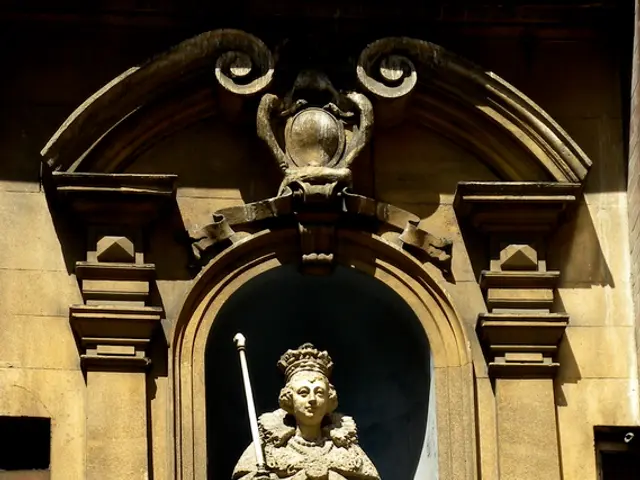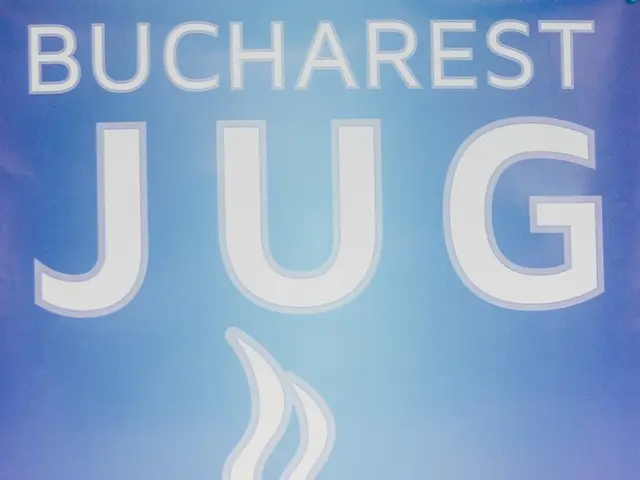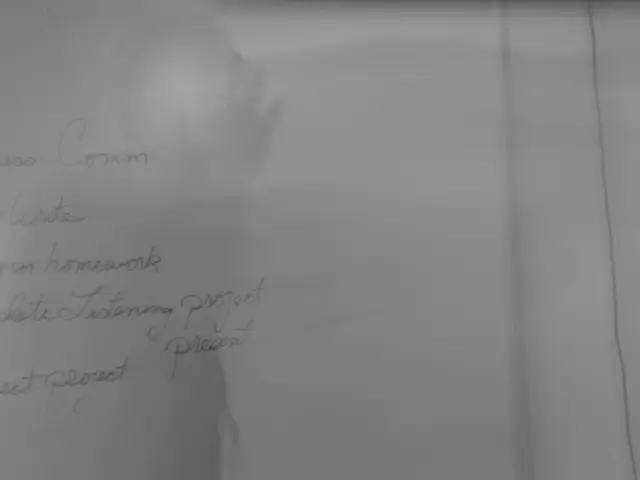Mac Copper Acquisition Financing Plan Developed by Harmony Gold, Valued at $1.08 Billion
Harmony Gold Transforms into a Diversified Precious and Base Metals Company
Harmony Gold, a South African gold producer, is undergoing a significant transformation, expanding its horizons beyond gold and into the realm of precious and base metals. This shift is evident in the company's recent acquisitions and strategic moves, aiming to increase its copper production and diversify its asset base.
At the heart of this transformation is Harmony's acquisition of MAC Copper, a deal valued at $1.08 billion (approximately R19 billion). MAC Copper brings the high-grade CSA Copper Mine in New South Wales, which produced about 41,000 tons of copper in 2024, to Harmony Gold. Combined with Harmony's own Eva Copper project in Queensland, this acquisition aims to double Harmony's copper production to 100,000 tons annually within five years.
The CSA Copper Mine, MAC Copper's primary asset, is one of Australia's oldest and highest-grade underground copper operations. It contributes significantly to Harmony's goal of producing approximately 100,000 tonnes of copper annually within five years.
The Eva Copper project, which Harmony acquired in 2022, requires greenfield development and has recently seen improved resource estimates. Harmony employs a phased development strategy for major capital projects, and it expects to make a final investment decision for the Eva Copper project later in 2025.
Harmony's funding strategy involves a mix of debt instruments instead of equity dilution, a balanced approach that aligns with its focus on controlling mining costs despite inflationary pressures, a strategy known as cost discipline. The company has a net cash position of R11.1 billion, a 285% increase year-over-year, and total available liquidity of nearly R21 billion.
However, this expansion phase does raise concerns about Harmony's ability to control expenses, as indicated by a 17% increase in all-in sustaining costs (AISC).
Harmony's most significant potential growth project is Wafi-Golpu, a joint venture with US gold major Newmont. However, the development schedule for Eva Copper (targeting 2028 production) and the uncertain timeline for Wafi-Golpu present execution risks. Ongoing negotiations with the Papua New Guinea government regarding the special mining lease for Wafi-Golpu highlight the regulatory complexities of international mining development.
The development risks notwithstanding, Harmony has hedged 30% of its production on a rolling 36-month basis, providing some financial buffer against market volatility. By 2028-2030, assuming successful execution of current plans, Harmony's portfolio will likely feature a significant copper production component from Australian operations, potential additional copper and gold production from Wafi-Golpu, a more geographically diverse asset base, and a more balanced revenue mix between gold and copper.
In conclusion, Harmony Gold's strategic moves signal a significant transformation from a primarily South African gold producer to a diversified precious and base metals company with substantial international exposure. The company's focus on cost discipline, balanced funding, and strategic acquisitions positions it well for the challenges and opportunities ahead in the mining industry.
Read also:
- Launching a lucrative venture in Aerial Photography with Drones
- Rebranding of Additional Penn Entertainment Sportsbooks to ESPN Bet
- Top Eco-Friendly Machines for Eco-conscious Garden Cultivation
- Advanced Japanese Technology: Ikejime Robotics for Superior, Ethically Treated Fish, Now Accessible Everywhere






